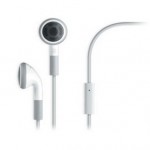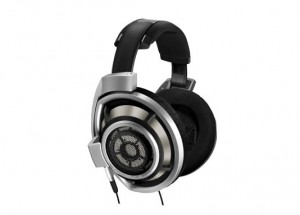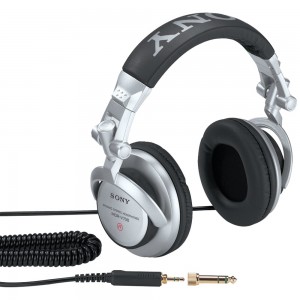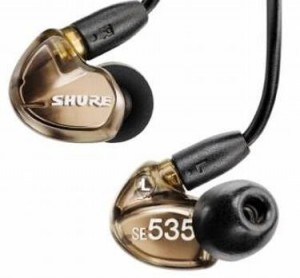Headphone Buyer’s Guide: Style Matters
 With so many choices to choose from, picking the right set of headphones can be difficult, but the first thing you should decide on is the style. When we say “style” we don’t mean how cool they look, but rather, the form factor. Modern headphones typically fall into one of four categories: circum-aural, supra-aural, earbud, and in-ear. What does it all mean? Glad you asked.
With so many choices to choose from, picking the right set of headphones can be difficult, but the first thing you should decide on is the style. When we say “style” we don’t mean how cool they look, but rather, the form factor. Modern headphones typically fall into one of four categories: circum-aural, supra-aural, earbud, and in-ear. What does it all mean? Glad you asked.
Circum-aural
Circum-aural headphones are commonly known as “around the ear” headphones. This is because their ear pads encompass the entire ear. This allows for a relatively large speaker – or even an assortment of speakers – in each cup resulting in a high-quality sound.
When comfort is concerned, circum-aural headphones are generally regarded as the most comfortable; however this varies greatly based on the overall quality. Properly designed and well-padded ear pads and headbands are essential for comfort. If you’re looking for comfort, the Sennheiser HD 518 is among the best on the market, as is most of the Sennheiser HD series.
Sound quality is also top par amongst circum-aural headphones. Audiophiles, audio engineers, and musicians often prefer circum-aural headphones because of this fact. The cupping of the entire ear can also allow for isolation from outside noise. Sennheiser’s HD 800 is an excellent example of the unbeatable fidelity circum-aural headphones can produce.
The real downside to a circum-aural design is the weight and size. They really aren’t meant for active use whatsoever.
Also known as “on the ear” headphones, supra-aural headphones have pads that press against the ears. This allows for some noise isolation as well as a lighter, more minimalist design. The lightness is their real benefit, allowing for moderately active use. Some even come in a headband-less design.
Compared to circum-aural headphones, the sound quality often suffers considerably, though some models do still produce high-quality sound. Advances in earbud and in-ear technology have left supra-aural headphones much less practical; however, they still remain very popular with hip-hop and techno crowds. The Sony MDR-V700DJ is currently one of the trendier models and also performs admirably.
Earbuds
 Earbuds are the generally cheap headphones that are bundled with items such as iPods and smartphones (replacing the previously bundled supra-aural headphones). They sit up against the ear canal, but not quite in it. Because the speaker unit is enclosed in the same piece that sits in the outer ear, it is extremely limited in size and range, resulting in somewhat poorer audio quality.
Earbuds are the generally cheap headphones that are bundled with items such as iPods and smartphones (replacing the previously bundled supra-aural headphones). They sit up against the ear canal, but not quite in it. Because the speaker unit is enclosed in the same piece that sits in the outer ear, it is extremely limited in size and range, resulting in somewhat poorer audio quality.
Comfort is often an issue with earbuds because of the way they have to wedge themselves into your ear. Extended wear is almost impossible, especially for those with smaller ears. They also have issues staying in place; however, their small design still keeps them viable for active use, such as running and working out. Nonetheless, their low price is really the only reason this headphone style is appealing. They make great replacement headphones for a temporary situation.
In-Ear
As opposed to earbuds, in-ear headphones actually sit inside the ear canal. This results in two major benefits. First, the driver unit can sit outside of the ear, allowing it to be larger and produce better quality sound. Second, inserting them into the ear canal creates a very effective method of noise isolation. Because they are small and lightweight making them typically more comfortable than earbuds, while still producing excellent sound quality, in-ear headphones are by far the most versatile of the four types.
Of course they vary greatly in terms of audio quality (as well as price). If you’re willing to spend top dollar, the Shure SE535 offer excellent fidelity and rather surprising bass (often a shortcoming of the in-ear genre). Sennheiser makes a slightly cheaper, high-quality earphone known as the CX 880, though intended for use only with the iPhone. If you’re looking for a balance between cost and performance, the Sennheiser CX300 is an excellent choice.




